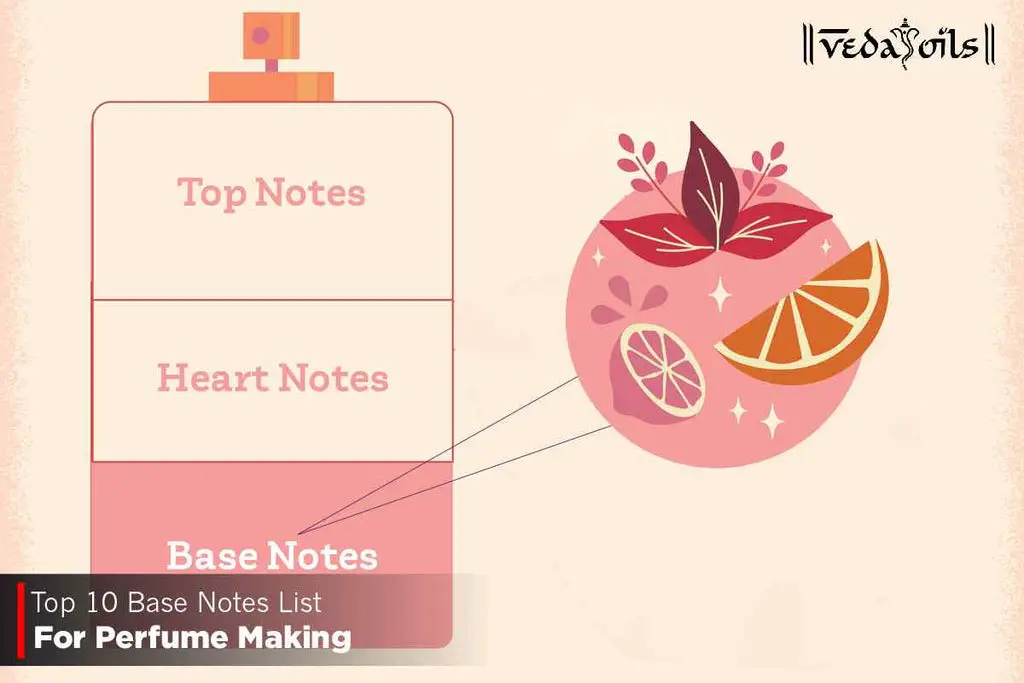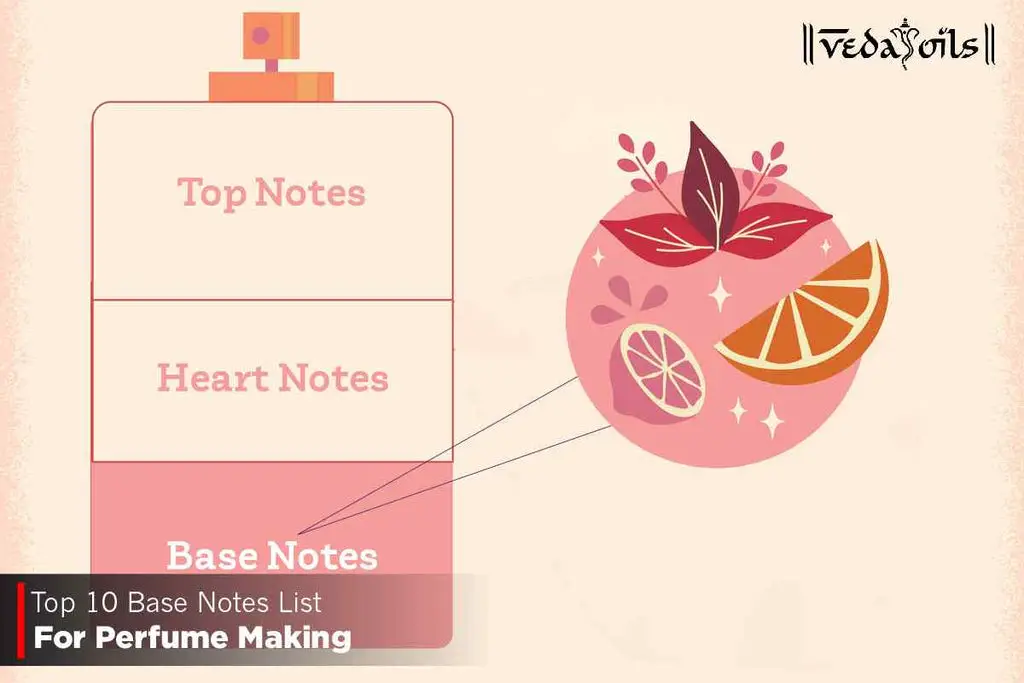Perfume notes work by combining different scents to create a unique fragrance experience. In the world of perfumery, fragrance notes refer to the individual ingredients that contribute to the overall scent of a perfume.
These notes can be categorized into three distinct layers: top notes, middle notes, and base notes. Top notes are the initial scents that are detected upon application and tend to be light and volatile. Middle notes, also known as heart notes, emerge after the top notes evaporate, providing the core scent of the fragrance.
Base notes are the final layer, which mingles with the middle notes to create a lasting impression. By carefully blending these notes, perfumers can create intricate and complex fragrances that captivate the senses.
Understanding The Basics Of Perfume Notes
Perfume notes play a crucial role in the overall composition and experience of a fragrance. These notes refer to the different scents that are combined to create a perfume. Understanding the basics of perfume notes is essential for both perfumers and fragrance enthusiasts.
Each perfume is made up of three main types of notes: top, middle, and base. The top notes are the initial scents that are immediately noticeable upon application. They are often light and refreshing. The middle notes, also known as heart notes, develop after the top notes fade and provide the main character of the fragrance.
Finally, the base notes are the foundation of the perfume, offering depth and longevity. They become more prominent as the scent lingers on the skin. The combination of these notes creates a unique and well-balanced fragrance that appeals to our senses.
Understanding the definition and importance of perfume notes is key to appreciating and selecting the perfect scent for any occasion.
Unveiling The Secrets Behind Perfume Notes
Perfume notes, the secret behind captivating scents, play a crucial role in fragrance composition. The top notes, also known as the opening notes, create the first impression of a perfume. They are typically light, fresh, and evaporate quickly. Examples of popular top notes include citrus fruits, herbs, and aromatic spices.
As the fragrance transitions, the middle notes appear, adding depth and character to the scent profile. These notes last longer than the top notes and can be floral, fruity, or spicy. Common middle notes feature blossoms like rose, jasmine, and lavender.
Finally, the base notes, the foundation of a perfume’s longevity, emerge after the middle notes have subsided. They are rich, and heavy, and linger for hours. Base notes like amber, musk, and vanilla provide depth and complexity to the overall fragrance experience.
Understanding perfume notes enhances our appreciation for the artistry behind creating alluring scents.
The Science Of Perfume Notes
Perfume notes are intricately crafted, combining various ingredients to create unique scents. The art lies in striking a perfect balance between these notes, infusing the fragrance with depth and complexity. Perfumers have a vast palette of ingredients to work with, selecting specific ones for each note type.
The molecular structure of the ingredients plays a crucial role in determining the fragrance note. Factors like volatility and longevity can vary based on this structure. Moreover, the perception and endurance of perfume notes can be influenced by external elements such as body chemistry and environmental conditions.
The interplay between different notes creates captivating effects, as complementary or contrasting ingredients interact within the fragrance composition. This intricate science of perfume notes ensures that each scent tells a distinctive olfactory story.
Choosing Perfumes Based On Notes
Perfume notes work by combining different ingredients to create a unique fragrance. When choosing perfumes, it is helpful to consider the notes they contain. By tailoring the fragrance to your personal preferences, you can find a scent that suits you perfectly.
Decoding perfume labels allows you to understand the composition of the notes better. Each perfume family has characteristic notes that give it a distinct aroma. Some popular families include floral, fruity, woody, and oriental. Learning about these notes can help you identify and select perfumes with the desired scent profile.
To make the process easier, here are some tips for finding perfumes that contain your preferred notes. By understanding how perfume notes work, you can find the perfect fragrance that complements your style and personality.
Creating Perfume Notes: From Start To Finish
Perfume notes are the building blocks of fragrance, created through a meticulous and artistic process. Perfumers, with their expertise and keen sense of smell, play a crucial role in this endeavor. They carefully select and combine various notes, considering factors such as the target audience and brand identity.
By matching notes, perfumers aim to capture specific emotions and experiences. Each note, whether floral, fruity, or woody, adds a unique and distinct element to the fragrance. The creative journey of creating perfume notes is both scientific and artistic, requiring a deep understanding of ingredients and a creative vision to bring them together harmoniously.
As perfumers work through this process, they aim to create scents that evoke memories, stir emotions, and leave a lasting impression on those who wear them.

Credit: www.gq.com
Beyond Perfume: Exploring Fragrance Alternatives
Perfume notes are the individual scents that make up a fragrance. They are categorized into top, middle, and base notes. These notes work together to create a harmonious scent experience. Beyond traditional perfumes, there are other fragrance alternatives to explore.
Colognes, eau de parfums, and eau de toilettes differ in their concentration of fragrance oils. Fragrance layering is a technique where multiple perfumes are combined to create a unique and personalized scent. In addition to liquid perfumes, scented oils, and solid fragrances offer alternatives worth exploring.
These alternatives come in various forms and provide a different experience. Experimenting with different fragrance options allows you to discover scents that truly resonate with your personal style. So, go beyond the traditional and embrace the journey of fragrance exploration.
Perfume Notes Around The World
Perfume notes create unique scents that vary around the world due to cultural influences. Fragrance preferences differ across regions, with certain notes being particularly popular. For example, the East Asian market tends to favor lighter, fresher notes like citrus and green tea.
In the Middle East, scents with oud, rose, and saffron are highly valued. In Europe, notes like lavender, bergamot, and vanilla are commonly used. These preferences reflect the historical significance of fragrance in different cultures. Perfumes have long played a role in traditions, rituals, and social status, influencing the development of specific notes.
Understanding the cultural influences behind perfume notes can provide valuable insights into global fragrance trends and preferences.
Frequently Asked Questions For How Do Perfume Notes Work
Which Note In Perfume Is The Strongest?
The strongest note in perfume varies depending on personal preference and the specific fragrance.
What Do The Notes On Perfume Mean?
Perfume notes indicate the various scents used in a fragrance, like floral, citrus, or woody.
How Do You Use Perfume Notes?
Perfume notes are used by applying different layers of scents to create a fragrance.
Do You Smell Top Or Base Notes More?
You smell both top and base notes, but the top notes are usually more noticeable.
Conclusion
To understand how perfume notes work is to unravel the magical complexity of a beautifully crafted fragrance. The intricate combination of top, middle, and base notes dance together, creating a symphony that is unique to each perfume. As we explore the different fragrance families, we discover the depth and character that each note contributes.
Citrus notes bring freshness and vitality, while floral notes evoke beauty and romance. Woody and musky notes add warmth and sensuality, while aromatic notes capture an air of sophistication. These notes mingle and evolve on the skin, transforming over time and leaving a lasting impression.
Understanding perfume notes empowers us to choose scents that truly resonate with our individual style and personality. With this knowledge in hand, we can embark on a fragrant journey, creating memories and evoking emotions with every spritz. So, embrace the world of perfume notes and let your scent tell a story that is uniquely yours.









